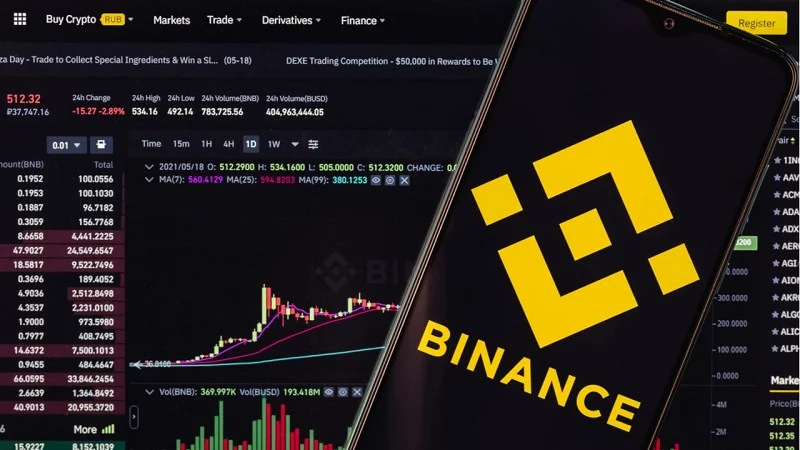For those unfamiliar with overclocking, there are better ways to begin understanding it than this article; I’d recommend Wikipedia for starters. This article is intended for those who already think they know what Bitcoin is, but haven’t yet traded in it. I was there – I thought I comprehended it, too, but having since dipped my toe in the pond, I’ve discovered an unexpectedly enlightening experience. There are so many nuances involved in the trading of Bitcoin as to make it tremendously educational. It forced me to consider a lot of the built-in features which go unscrutinized and even unrecognized in traditional currencies. In so doing, it made me assign my own values to those features, and allowed me to decide the most preferable ways of satisfying my various needs – choices which are normally taken from us.
There are aspects of Bitcoin which make it similar to fiat currency, but it is not cash. There are aspects similar to gold, but it is not bullion. There are aspects similar to securities, but it is not exactly a security. The question of “What is it?” is actually much more complicated than it appears. It exists solely as an entry in a distributed digital ledger; “having” Bitcoins really means having authority to transfer Bitcoins. No, in fact, that’s not even technically correct. It means having a degree of authority measured in Bitcoins to transfer that very same authority. Try to wrap your brain around that. Going forward, I’ll resort to referring to Bitcoins as the thing of value which is transferred, but understand that my doing so is solely shorthand to make this essay readable. Having Bitcoins is the authority to transfer authority.
Thus, upon deciding to acquire my first Bitcoin, the first step was to determine how to attain authority to transfer Bitcoins. One could theoretically print out the cryptographic code of a Bitcoin and hand the paper to someone else as a means of transferring the Bitcoin represented by the code, but how would that recipient know that the printout hadn’t been duplicated and already spent?
For that matter, how would the recipient know that the printout even represented some value in Bitcoin rather than merely a string of random characters? Transferring printouts of Bitcoin on paper may work (albeit inefficiently) between people who implicitly trust each other, such as for gifts between relatives, but the genius of Bitcoin is the distributed but authoritative nature of its ledger, and for that to work, transactions have to be exposed to its network.
If a Bitcoin printout is transferred around amongst a group of people without being exposed to the network, none of them would know whether it was valid or counterfeit. It would be like passing around a bank draft made payable to “Bearer;” it might have already been paid, or it might never have been good in the first place.
No one would know until they tried to present it for payment at the maker’s bank. As long as someone else is willing to accept a potentially-hot potato for goods or services, perhaps it doesn’t matter, but people tend to be wary of ending up with hot potatoes. I am one such person, so I wanted my receipt of Bitcoins to be verified by the network. This turned my focus to a study of digital Bitcoin “wallets.” Wallets are a digital place to store Bitcoin authority codes.
Brian Blum is the founder, president, and chief consultant at Maverick Solutions IT, Inc. Maverick Solutions provides affordable IT consulting and technology support services, primarily to schools, NFPs, and SO/HOs in the New York Metro Area. Maverick Solutions is the alternative to keeping your own in-house IT staff, and we’d be happy to help you get more value from your existing technology investment. Visit our Website to learn about the services we offer, or read our blog, Maverick Ramblings, for assorted tips, tricks, and information of technology interest.
